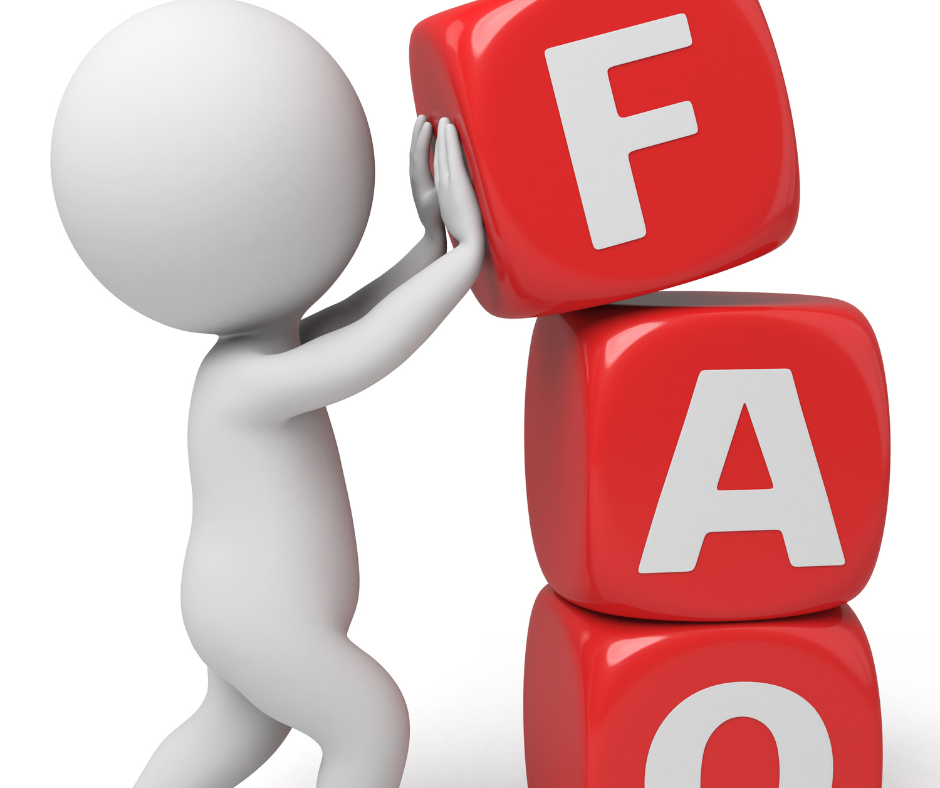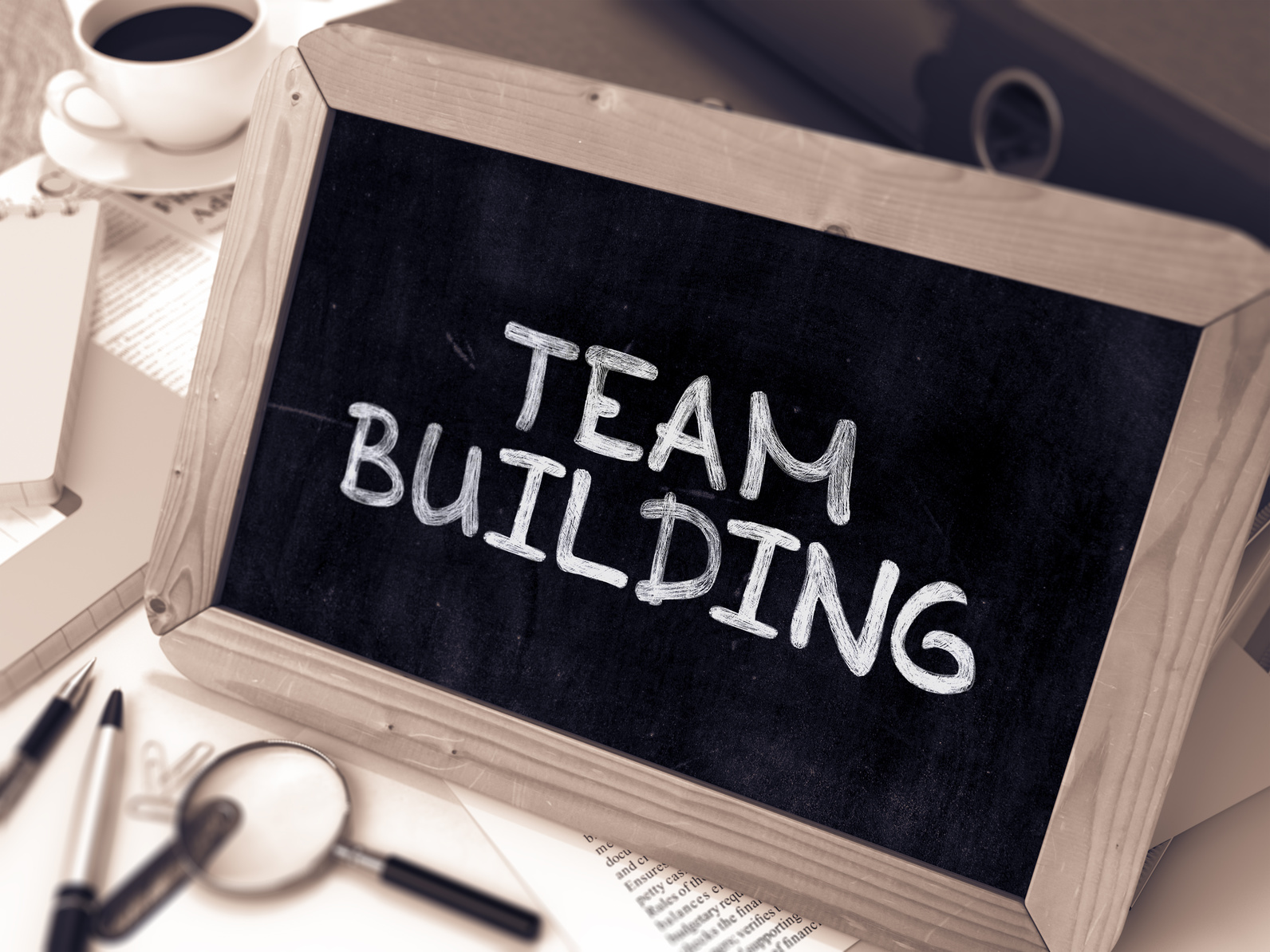You’ve just been put in charge of planning the next team-builder event for your company.
But wait, before you start getting too excited about organizing a day filled with trust falls and awkward icebreakers, it’s important to remember that the success of your event won’t be measured by how many laughs were shared or how high everyone’s spirits were on the day. Rather, it will be determined by whether or not it actually helped to improve your team’s dynamics and productivity.
In this article, we will guide you through the process of planning and measuring the success of your team-building event from setting goals and objectives to utilizing team-building tools and assessing return on investment.
10 Steps to Plan a Team Builder

1. Establish Clear Goals and Objectives
Let’s get clear on what we want to achieve and set some goals for our upcoming event.
- You can’t measure success without a clear understanding of what you’re trying to accomplish. Start by defining your objectives. Whether it’s building teamwork skills, increasing employee engagement, or improving performance evaluations, consider incorporating group activities that encourage collaboration and effective dialogue.
- Also, provide opportunities for employee input and feedback loops. Set measurable goals and track progress along the way to ensure that you’re making strides toward achieving your desired outcomes.
- By establishing clear goals and objectives from the outset, you’ll create an environment where everyone is interested in working together towards a common goal.
2. Factors to Consider When Planning a Team Building Budget
The budget should cover various aspects of the event such as: Venue Rental Catering Transportation Facilitator Fees Materials & Props Miscellaneous Expenses It is important to strike a balance between cost-effectiveness and the quality of the experience.
By allocating the budget wisely, teams can engage in a diverse range of activities that promote collaboration, trust-building, and skill development, ultimately contributing to a stronger and more cohesive team
3. Create a Friendly Environment at the Event
Creating an atmosphere that feels warm and friendly is essential to make everyone feel welcome at the gathering. When people feel comfortable, they’re more likely to open up and engage in active listening during team-building activities.
It’s important to create a space where participants can be themselves without fear of judgment. To ensure everyone feels included, consider anonymous surveys or opinion gathering before the event to get a sense of what people want out of the experience.
During the event, use performance metrics and data analysis to track progress toward established goals.
A positive work environment promotes employee retention, especially for remote teams who may not have as many opportunities for face-to-face interaction with coworkers.
By creating a welcoming environment, you set the stage for a successful team-building event that’ll leave your employees feeling motivated and inspired.
4. Set Expectations for Participants
It’s important to let participants know what they can expect from the upcoming team-building event in New Jersey, so they feel prepared and excited for the experience. To ensure everyone is on the same page, create a table with clear expectations for both organizers and attendees. Here’s an example:
| Expectations for Organizers | Expectations for Attendees |
| Provide a welcoming environment | Come with an open mind |
| Explain the purpose of the event | Participate in all activities |
| Give clear instructions | Respect others’ opinions |
| Answer questions promptly | Have fun! |
By setting expectations, you’re setting up your team-building event for success. Make sure everyone knows what is expected of them before diving into creative and engaging activities that will bring your team closer together.
5. Develop Creative and Engaging Team Building Activities
- Employee engagement is considered a very hot topic in the past 5 years and growing. Gallup defines engaged employees as those who are committed, enthusiastic, satisfied and committed to their work and workplace. Retention can all be affected by an employee’s level of engagement So, it’s imperative to develop more creative and engaging activities. It’s crucial in ensuring that your team-building experience is enjoyable and effective. Nobody wants to sit through a boring lecture or participate in uninspiring activities. You want everyone on your team to be alert, excited, and engaged throughout the entire event. So, try to think outside the box when planning team-building activities.
- Communicate the upcoming activity to all team members, providing sufficient notice and instructions. Incorporate games, physical challenges, or even friendly competitions – this helps break down barriers between employees and encourages teamwork. You could also consider bringing in an outside facilitator who specializes in team building to help lead the event and bring fresh ideas to the table.
- Make sure everyone is having fun and feeling challenged – utilize team-building tools (see paragraph below) to evaluate how successful the event was overall!
6. Utilize Team-Building Tools
Using team-building tools is essential in evaluating the effectiveness of your team’s collaboration and identifying areas for improvement, ultimately leading to a more cohesive and productive workplace culture.
- One such tool is the SWOT analysis, which stands for Strengths, Weaknesses, Opportunities, and Threats. This can be used to assess how well your team worked together during the event and identify any challenges that need to be addressed.
- Another helpful tool is a feedback survey that asks participants about their experience and what they gained from it. This information can help you tailor future events to better meet the needs of your team. Check out this table for some examples of other team-building tools you can use:
| Tool | Description |
| Icebreakers | Activities designed to help people get comfortable with each other and break down barriers |
| Escape rooms | A fun way to encourage teamwork as participants solve puzzles together |
| Live Game Shows | By participating in these challenges, team members develop trust, enhance their problem-solving abilities, and learn to effectively communicate and coordinate with one another. |
| Personality tests | Provide insights into individual strengths and weaknesses that can be leveraged within a team |
| Team assessments | Tools like DISC or MBTI can help teams understand their dynamics and communication styles |
Incorporating these kinds of tools into your next New Jersey team-building event can make all the difference in helping you measure success. But why stop there? The next step is incorporating technology into the event!
7. Add Technology to the Event
You can take your team’s collaboration to the next level by incorporating technology into your upcoming gathering, allowing for a more engaging and interactive experience. There are endless possibilities when it comes to using tech tools for team-building events.
You can use virtual reality games, online quizzes, or even create a custom app specifically for the event. These tools not only make the event more fun but also allow you to track progress and measure success through data analysis. Incorporating technology shows that you’re keeping up with trends and willing to try new things.
But remember, it’s important to strike a balance between using technology and fostering genuine human connection among team members.
Once you’ve incorporated these tech tools into your event, it’s time to evaluate participant feedback and see which methods were most successful in achieving your desired outcomes.
8. Evaluate Participant Feedback
Let’s find out what your team thought of the gathering by evaluating their feedback and determining which approaches were most effective.
- Asks participants to rate different aspects of the event such as organization, activities, and overall enjoyment. To make things more engaging, consider using a 3-column and 4-row table with smiley faces or emojis that correspond to different levels of satisfaction. This not only encourages participation but also provides a visual representation of how well the event was received.
- Ask open-ended questions as well to get more detailed feedback from attendees. Once you have collected all the responses, take some time to review them and identify any patterns or common themes that emerge. This will help you make informed decisions about future team-building events and ensure that you are meeting the needs and expectations of your team members. Next up, let’s talk about how you can monitor progress and results over time.
9. Monitor Progress and Results
Stay on top of how your team’s doing by keeping track of progress and results over time, so you can continue to improve and exceed expectations.
- Set goals before the event and measure progress after to see if you achieved them. Did communication improve? Did teamwork increase? Did productivity go up?
- Use surveys, interviews, or observation techniques to gauge success. Also, monitor results beyond just immediate reactions; did the team apply what they learned back in the workplace? Did it lead to positive changes in outcomes such as increased sales or customer satisfaction ratings?
By tracking progress and results, you can make informed decisions about future events and ensure that your team-building efforts yield maximum benefits for your organization.
10. Follow Up and Access Return on Investment
After the team-building event, it’s crucial to follow up with your employees. Reach out to them and have a conversation about their experiences during the event.
This will allow you to gather feedback and evaluate how well the event was received by your team members. It’s important to listen carefully to what they have to say and take note of any suggestions for improvement.:
| Questions | Purpose |
| What did you think of the activities? | To evaluate which activities were most engaging or effective |
| | Did you feel like this event helped bring our team closer together? | To assess whether or not the event met its goals |
| Do you have any suggestions for future events? | To gather ideas for improving future events |
With this information, you’ll be able to make informed decisions for future events that will continue to benefit your team long after they’ve ended.
By following up after a team development event, you show your employees that their opinions matter and that their input is valuable in shaping future opportunities for growth within the company.
Frequently Asked Questions

How much does a team-building event typically cost in New Jersey?
The truth is, the cost of a team-building event can vary greatly depending on your specific needs and goals. Some companies opt for low-cost activities like scavenger hunts or trust exercises that can be done in-house, while others invest in more elaborate events like live game shows, ropes courses or cooking classes at high-end venues.
Whatever route you choose, just remember that investing in your team’s success is always worth it! So go ahead and splurge a little – after all, the freedom to work better together is priceless.
What are some “common mistakes” companies make when planning a team-building event?
Planning a team-building event can be a lot of pressure, and there are some common mistakes that companies make when trying to organize one.
- For starters, don’t pick an activity that is too physically demanding or intimidating for your team members. You want the event to bring everyone together, not create divides based on skill level or physical ability.
- Secondly, avoid forcing participation. If someone doesn’t want to participate in an activity, it’s best to let them sit it out rather than make them feel uncomfortable or judged.
- Finally, don’t forget the purpose behind your event – team building! Make sure you incorporate activities that encourage communication, collaboration, and problem-solving among your teammates.
How can companies ensure that team-building activities are inclusive and accessible for all participants?
Making team-building activities inclusive and accessible is crucial for creating a successful event. To ensure this, start by making sure that all participants are comfortable with the chosen activity and feel they can participate fully. Consider physical abilities, language barriers, and cultural differences when selecting activities to make sure that everyone can join in on the fun.
Provide options for those who may need accommodations or modifications to fully participate.
Finally, be mindful of any potential issues that could arise during the activity and address them beforehand so that everyone can enjoy themselves without worry.
Are there any legal considerations to keep in mind when planning a team-building event?
First and foremost, make sure you have the appropriate permits for any activities that take place outdoors or involve alcohol.
Additionally, be mindful of any potential discrimination issues that could arise during the event.
Ensure that all activities are inclusive and accessible to all participants, regardless of their abilities or backgrounds.
Taking these precautions, you can help ensure a light-hearted, fun team-building experience without any legal hiccups along the way.
How can I measure the long-term impact of a team-building event on their organization?
Measuring the long-term impact of a team-building event on your organization can be a tricky task. You want to ensure that you’re getting the most out of your investment, but how do you know if it’s paying off?
One way to measure success is by looking at employee engagement and retention rates. If your team members are more engaged and willing to stick around longer, then you’ve likely made an impact.
Other indicators include improved communication and collaboration among team members, as well as increased productivity and morale.
Ultimately, the success of your team-building event will depend on how well it aligns with your company culture and goals, so make sure to keep those in mind throughout the planning process.
Key Takeaways
You’ll be able to determine if your team building event was a hit or miss by the following:
- By establishing clear goals and objectives
- Creating an inviting environment
- Setting expectations for participants
- Developing creative and engaging team-building activities
- Utilizing tools, evaluating participant feedback
- Monitoring progress and results
- Assessing return on investment
- Following up after the event
Keep learning about new and innovative ways to improve your team’s dynamics. Attend seminars or conferences that focus on teamwork and collaboration. Read books or articles that discuss leadership strategies or effective communication skills. Team building is not just a one-time thing, it’s an ongoing process that requires continuous effort from everyone involved.
Need Help with Planning Your Next Team Builder?
Contact us today if you need help planning an activity for your next event. We have several games to choose from and don’t require a deposit upon booking, Let’s Play!









